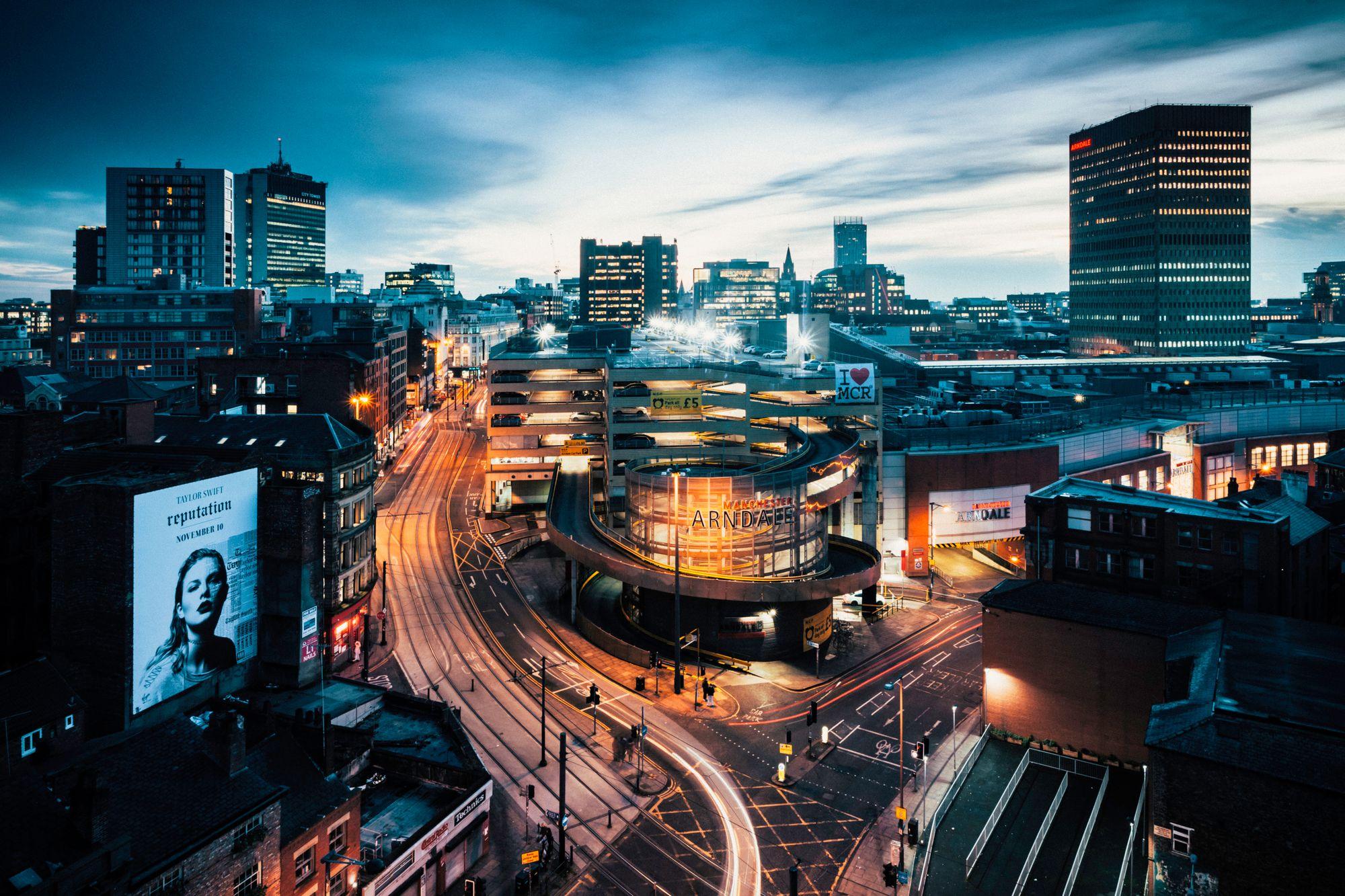By Cameron Swan, Managing Director, as originally featured in The Drum
Gary Neville and I might have our sporting differences, but there’s something we firmly agree on. Namely, the great potential of the city of Manchester. When he quoted Disraeli on his Instagram last month, I found myself giving the post a like. He was heralding the whopping £2bn investment secured for the development of a new, completely upgraded stadium for United, close to the current Old Trafford site.
Disraeli’s line, “What Manchester does today, the world does tomorrow,” might have its origins in a vastly different generation, but it’s having a resurgence 200 years later. Just today there’s another report out from EY showing the Northern city is on course to outpace the UK’s economic growth rate. And in no way is it the only one to watch.
I may not be a native to this country (coming from sunnier climes, about 9,000 miles south and 11 hours ahead) but rather than holding me back, I think that’s given me an advantage. Particularly in medialand.
You see, I don’t have the ingrained belief that London is the UK. I don’t feel that the M25 is the invisible force field many still seem to.
In my homeland of Australia, we have distinct cities with distinct strengths – and there are a range of them. From the cultural highs of Melbourne to beaches and barefoot Sydney to a tropical buzzy Brisbane. And in fact, none of them can or should be summed up in a line or phrase, which is part of their beauty. There’s no assumption that targeting Aussies means starting and ending in Sydney.
That’s the lens I try to overlay on the UK.
But all too often, I’m fighting a losing battle. Yes, London is still a dynamic powerhouse, and we’re in no way tired of the potential of the capital and the opportunity it brings. But it doesn’t mean everything outside it deserves to be lumped together as “the regions” (a word we’ve actually banned from our vocab when talking geography). It shouldn’t be seen as a homogenous, almost-ran. I’ve always been struck by the distinctness of the local cultures and particularly accents in each area – when we have minor differences 2,300 miles apart, you have Mancunians, Geordies and Bristolians, just hours away from each other.
This is a diverse set of cities and towns (and villages) that produces more advertising jobs than the capital, an economy that generates 75% of the country’s GDP and includes a city that’s set to outstrip London on economic output. Disraeli (and Neville’s) Manchester is the largest marketing and advertising economy outside of the capital and then there’s Leeds, Birmingham, Bristol, Edinburgh and many, many more. Over two-thirds of the UK’s independent agencies are now based outside the M25, according to Agency By Agency.
If you believe what you read, house prices are set to rise highest outside of London in 2025, too. The signals are there for all to see. The government’s 2025 announcement of a £67m out of London boost is also a welcome step in the right direction (even if they do still use insist on using the “r” word).
As a media pro, I look to the numbers, and maybe because I’m not home-grown, I see potential, rather than secondary cities. The proof is evident – we already work with a range of businesses deliberately located and growing outside of the capital. Over the last few years, 40% of our billings have come from work outside of London and the South East, and I know that’s not a ceiling. Particularly as some of the greatest household names – like Boots, Jaguar Land Rover, Co-op, Dominos and Ikea – are headquartered outside of London.
And in a country that’s now more virtually “connected” than ever, having hired our first director based outside of London, we’re quickly seeing the value in actual, human connections created by having feet on the ground. Being an Aussie, any city you can reach by car in a matter of hours should be considered a close neighbor. And it was really important to me that we work with someone based outside of London who’s grown business and seen the potential of projects outside the capital first-hand.
Gary Neville may be alluding to the new stadium and 100,000 football fans filling the stands in his post, but I see the potential of these so-called second cities stretching far beyond the next few football seasons. The injection of an additional projected £7.3bn into the national economy annually from this development alone is just the start. Disraeli’s vision is alive and kicking.



